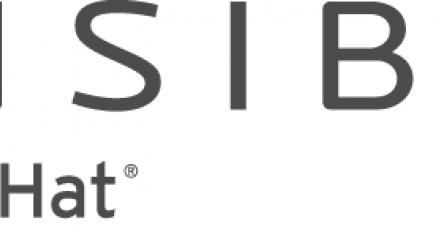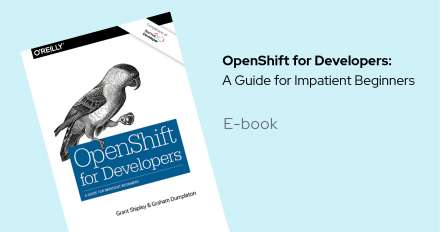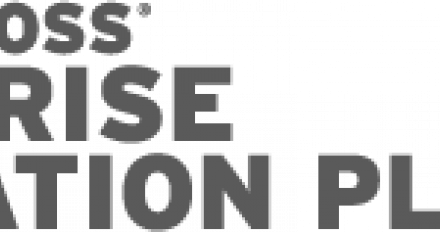
A simple guide to provisioning Vagrant boxes with Ansible




Keen to build web applications for the cloud? Get a quick hands-on introduction to OpenShift®, the open source Platform as a Service (PaaS) offering from Red Hat®. With this practical guide, you’ll learn the steps necessary to build, deploy, and host a complete real-world application on OpenShift without having to slog through long, detailed explanations of the technologies involved.
















The process can be consistently executed in the same way.

Just like winter, The Developer's Conference (TDC) and the Red Hat Developers group are arriving at São Paulo from July 5th to July 9th, 2016.



